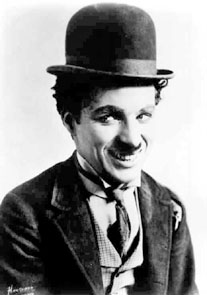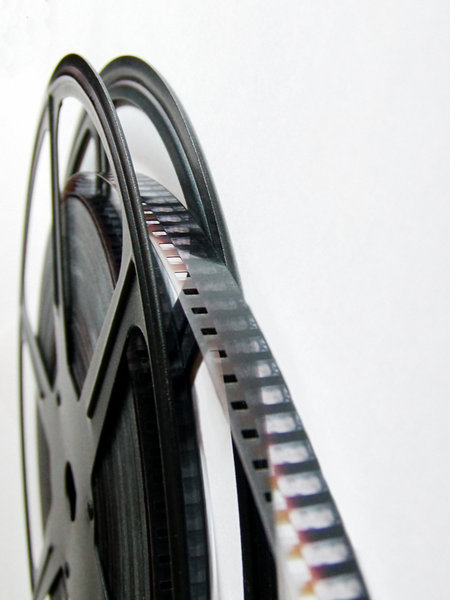Featured Pages: Film Directing
2004 +
Summary
Crepuscular Dawn by Paul Virilio and Sylvere Lotringer Semiotext(e) 2002 164 pages ISBN 158435013X: "The accident is a new form of warfare. It is replacing revolution and war. Sarajevo triggered the First World War. New York is what Sarajevo was. September 11 opened Pandora's box. The first war of globalization will be the global accident, the total accident, including the accident of science. And it is on the way."Questions
Notes
New 2003 directories & pages: Nicolas Bourriaud: Postproduction by Lukas & Sternberg 2002 88 pages ISBN 0971119309 : "Postproduction" is the most recent essay by French writer Nicolas Bourriaud. The author discusses how, since the early nineties, an ever increasing number of artworks have been created on the basis of preexisting works; more and more artists interpret, reproduce, re-exhibit, or use works made by others or available cultural products. This art of postproduction seems to respond to the proliferating chaos of global culture in the information age, which is characterized by an increase in the supply of works and the artworld's annexation of forms ignored or disdained until now.Film, Form and Culture, 3/e
Robert Phillip Kolker, Professor Emeritus, University of Maryland
R P Kolker, Adjunct Professor, Media Studies, Univ of Virginia ISBN: 0073123617
Copyright year: 2006
Film, Form, and Culture looks at film from part to whole, from the shot and the cut to the cultural, political, and economic contexts in which films are made. "Teaching Film is about getting control of the image and handing that control over to students," this has been Robert Kolker's consistent goal in teaching and writing about film. The result is the DVD-ROM and textbook, Film, Form, and Culture.
Students are introduced to the smallest elements of film--the shot, the cut, the soundtrack--and to larger issues of genre and gender; and they are encouraged to think seriously about the means by which these elements shape an audience's understanding of the narrative. On a larger scale, students are asked to consider how a film can influence its viewer even after the last reel has run out--and the way that societal changes radically alter the course of film history.
The new edition includes more detailed discussion of the shot, composition, editing, and genre; a thorough discussion of the technical and aesthetic resulting from film's digital transformation; and a revised discussion of the cultural context of film.
The accompanying interactive DVD-ROM includes segments from classic and contemporary films with explanatory text, stills, and animations illustrating film elements and strategies.
* 2006 * new (film analysis) pages: eisen & eisenstein, silent, soviet cinema, kurosawa, tarkovsky ....



